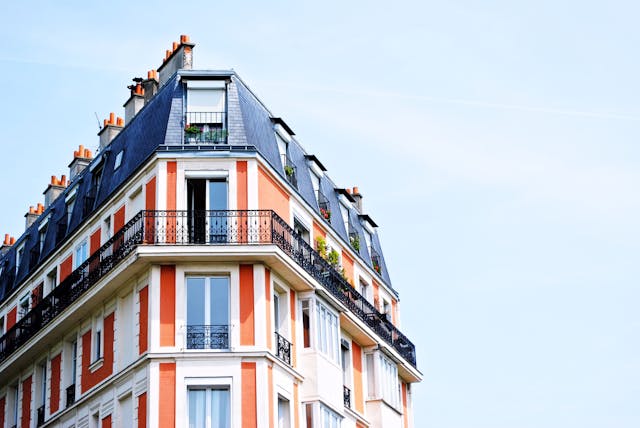Luxembourg's telecom market breaks records

Nathan Anderson, Unsplash
According to the Institute of Regulatory Affairs (ILR), 2024 was the year of the highest growth of the telecoms sector in the last five years. Total revenue reached EUR 627.1 million, up 4.8 per cent on 2023. Mobile services remained the main driver, capturing more than half of revenues at EUR 316.7 million.
But the most impressive pace was demonstrated by fixed internet, which added 12.6% of revenue at once. The average revenue per user (ARPU) was 54.6 euros per month, one of the highest in Europe. All this is happening against a backdrop of unprecedented interest in gigabit speeds - by the end of 2024, 14.4 per cent of subscribers have opted for 1 Gbps or higher, up 50 per cent year-on-year.
Since 2021, mobile traffic has increased by 80 per cent to 130,000 terabytes per year. The average user downloads 12.1 gigabytes per month, down from 34% three years ago.
The consumer profile has also changed: there are fewer and fewer users consuming less than 1.25 GB per month, and twice as many who consume more than 20 GB. This shift is explained by the growth of streaming services, HD video and the active use of real-time applications.
Telecom companies spent EUR 140.2 million on network modernisation, representing 22.4% of total revenue - the highest investment level in several years. This is primarily due to the increase in fibre optic coverage, which reached 83.8% of households. For the first time in the country's history, fibre optics overtook the DOCSIS 3.1 cable network in terms of coverage.
Also, 95.5 per cent of the population now has access to a network with a minimum speed of 1 Gbps. This means that almost the entire country is connected to high-speed internet, which opens up vast opportunities for remote working, online education and digital services.
POST Luxembourg remains the leader in the fixed line market, but alternative operators are actively investing in the mobile segment, approaching the investment volumes of the historic operator.
In addition, ILR promotes digital tools for transparent comparison of services - such as smartcompare.lu and coverage maps where everyone can check the availability of services in their neighbourhood.
Thus, Luxembourg's telecom market is not only sustainable, but also ahead of European trends in terms of communication quality and availability. All indications are that the country will continue to strengthen its position as a digital leader in the EU in the coming years.





